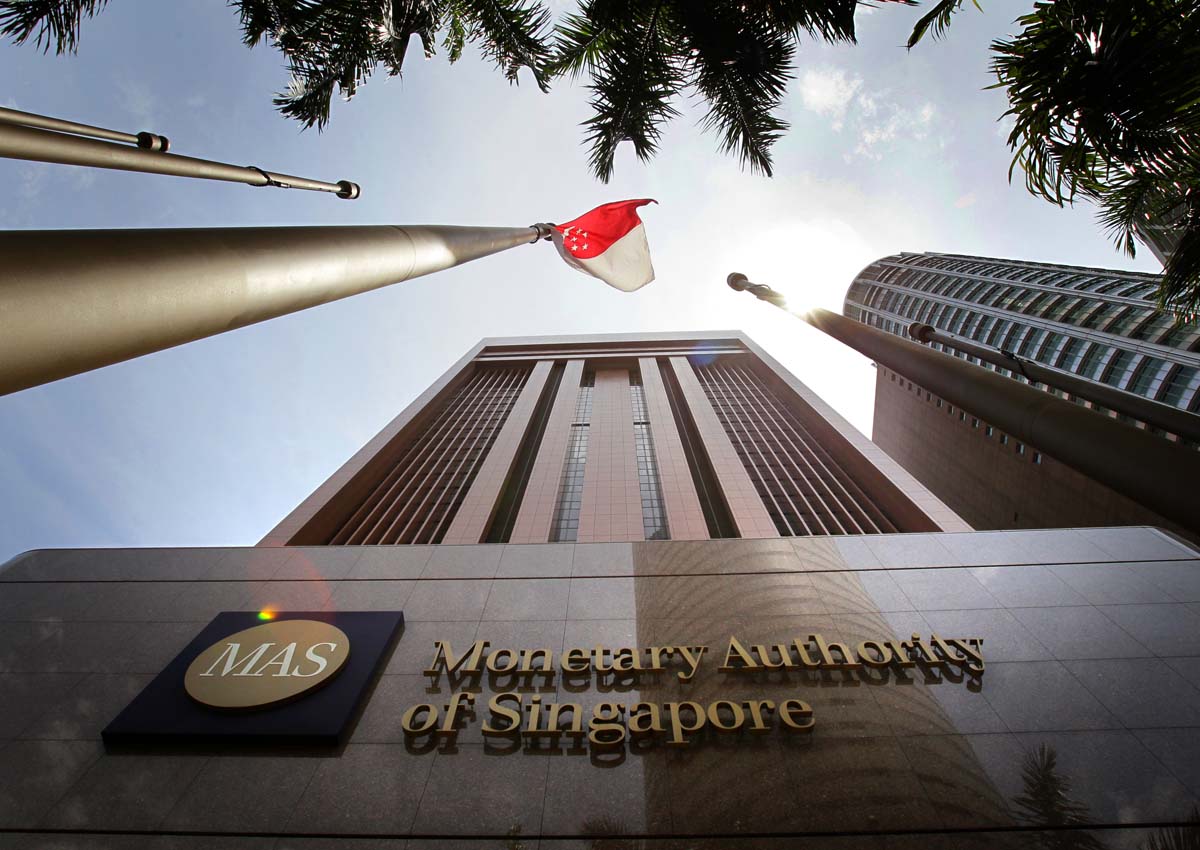SINGAPORE – Economists are saying – meekly – that Singapore’s central bank will not alter its monetary policy approach when its decision is announced this Friday, while an easing is ripe for 2017.
Some, including Nomura and Bank of Tokyo-Mitsubishi UFJ (BTMU), see a 60 per cent probability of the Monetary Authority of Singapore (MAS) keeping the Singapore dollar nominal effective exchange rate (S$NEER) policy band untouched.
But recent developments have heightened some of their worries, prompting them to increase the odds as going down to the wire. Citi economist Kit Wei Zheng said in an Oct 5 note that its base case is now 50 to 55 per cent standing pat.
Looking ahead, economists are more certain of a monetary easing next year, most likely in the form of a re-centring, if growth fundamentals do not improve.
Wrote RBS economist Vaninder Singh in a note on the chance of MAS easing: “Not yet, but we are getting there.”
In April, MAS flattened the S$NEER slope to zero per cent as it forecasted that core inflation will pick up more slowly than expected over 2016 as economic growth slows.
Core inflation, which excludes private road transport and accommodation costs, is a key policy consideration for the MAS.
The MAS also looks at other price and cost measures to assess inflationary pressures in the economy. These include prices of commodities and electronic goods, output gap and labour unit costs.
Economic data in recent months seemed to affirm MAS’ woes.
The labour market has seen increased slack in recent months, and latest export numbers also painted a worrisome picture for the city-state’s trade-reliant economy.
A surprise drop of 1.5 per cent in private home prices in the third quarter also dented economists’ confidence further, as there is a correlation between home prices and quarter-on-quarter (qoq) gross domestic product (GDP) growth.
Yet many economists said that these still fall within MAS’ expectations when it flattened the S$NEER band in April.
For one, September’s manufacturing purchasing managers’ index (PMI), a leading indicator of activity in the sector, inched into expansionary territory for the first time in 14 months.
Factory output, specifically those within the electronics cluster, also expanded slightly in August. Factory output is closely related to manufacturing’s GDP performance.
More crucially, economists are placing their bets on the recent upbeat inflation forecasts from MAS as a strong case for no policy change.
In July, MAS said that core inflation for 2016 should “average around one per cent”. It had previously expected that core inflation would be in the lower half of the 0.5 to 1.5 per cent range for the year.
HSBC economist Joseph Incalcaterra said that the upgraded inflation forecast “sent a clear signal to the market that costs will rise”, and is a strong basis for MAS to not ease.
But even as economists expect no policy change from MAS, they predict that Q3 growth data, due also on Friday, will be disappointing.
Recent bearish comments on growth outlook made by MAS chairman Tharman Shanmugaratnam heightened these worries up a notch. Mr Tharman, who is also deputy prime minister, said in late September that Singapore’s 2016 growth is likely to come in at the lower end of the one to 2 per cent range.
Some see this as a hint at a deeper Q3 qoq contraction. ANZ economist Ng Weiwen put this at 0.3 per cent, while Citi’s Mr Kit had placed the contraction at 0.5 per cent before Mr Tharman’s comments.
With no expectations of a monetary easing, economists see fiscal resources and policy responses to the upcoming Committee on the Future Economy report to support growth in the meantime, said BTMU’s Leong Sook Mei.
Even if the Singapore dollar might be spared from undergoing policy surgery this week, economists say that an operation is still in the works. This is likely to be in April next year when the weakness in Singapore’s economy becomes more apparent.
By then, MAS will most likely re-centre the S$NEER band. This is because the slope is already flat, and volatility in the foreign exchange markets is not high to warrant a widening, wrote RBS’ Mr Singh.
While the general consensus leans more towards no policy change from MAS this Friday, the large probability they accorded to a surprise move is partially substantiated by the fact that the central bank has rarely issued policy statements on the last working day of the week. The last time it was issued on Friday was three years ago on April 12, 2013.
Also, in light of the three latest easings by MAS, ANZ’s Mr Ng is still holding his breath: “Recently MAS has been surprising the market, so an easing is still not totally off the table.”

This article was first published on October 10, 2016.
Get The Business Times for more stories.






